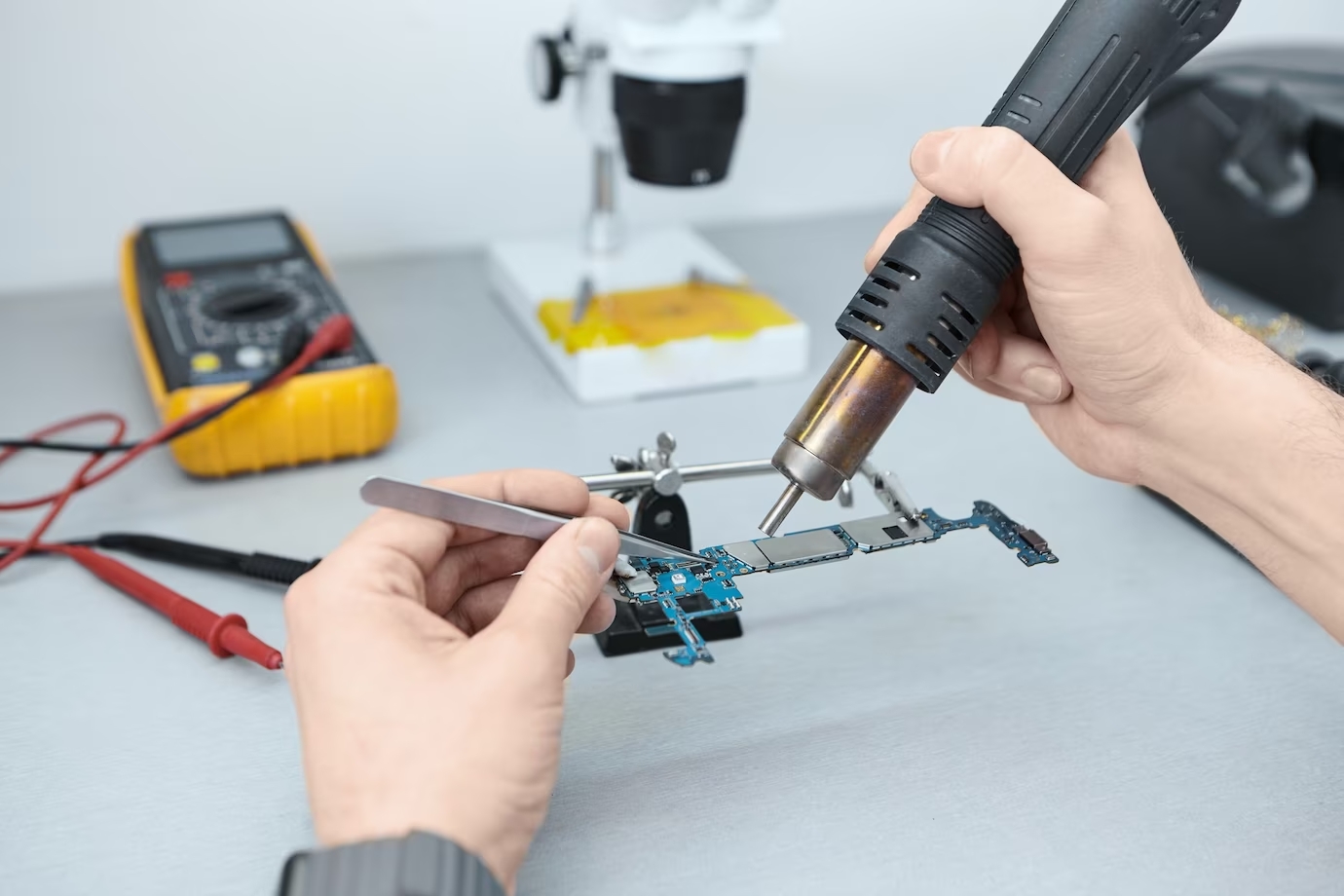Exploring the Healing Power of TCM Cupping: A Comprehensive Guide
Traditional Chinese Medicine (TCM) has long been revered for its holistic approach to health and wellness. Among the myriad of techniques within TCM, cupping has gained widespread recognition for its ability to relieve pain and promote healing. In this article, we delve into the world of TCM Cupping, exploring its origins, techniques, benefits, and its integration into the broader landscape of TCM practices.
Understanding TCM Cupping
Origins and History
TCM cupping traces its roots back thousands of years to ancient Chinese medical practices. Originally documented in ancient texts, the technique has evolved over centuries, adapting to different cultures and gaining popularity worldwide. Understanding the historical context of TCM cupping provides valuable insights into its development and widespread use today.
The Cupping Technique
At its core, TCM Thomson involves the application of small glass cups to the skin, creating suction. This suction is achieved through various methods, including heat or mechanical devices. The cups are strategically placed on specific points of the body, creating a vacuum that stimulates blood flow and relieves muscle tension. Exploring the nuances of the cupping technique sheds light on its efficacy and the science behind its therapeutic effects.
The Benefits of TCM Cupping
Pain Relief
One of the primary reasons individuals turn to TCM cupping is for pain relief. The suction created by the cups helps to release tension in muscles and connective tissues, offering a natural and non-invasive solution for various types of pain, including back pain, neck pain, and headaches.
Improved Blood Circulation
TCM cupping promotes better blood circulation, a fundamental aspect of overall health. Increased blood flow delivers oxygen and nutrients to cells more efficiently, aiding in the body’s natural healing processes. We explore how cupping enhances circulation and its impact on various health conditions.
Detoxification
Proponents of TCM cupping believe that the technique facilitates detoxification by drawing impurities and toxins to the skin’s surface. Examining the detoxifying properties of cupping provides insights into its potential role in supporting the body’s detox mechanisms.
TCM Cupping in Conjunction with Other TCM Practices
Synergy with Acupuncture
TCM cupping is often used in conjunction with acupuncture, another cornerstone of traditional Chinese medicine. The combination of cupping and acupuncture is believed to enhance the overall therapeutic effects, providing a more comprehensive approach to healing. Understanding how these two modalities complement each other showcases the synergy within TCM.
Integration with Herbal Medicine
Herbal medicine is another integral component of TCM. We explore how cupping can be integrated with herbal remedies to create personalized treatment plans. This holistic approach addresses not only the symptoms but also the underlying imbalances within the body.
TCM Cupping in Singapore
The Rise of TCM Clinics
In Singapore, TCM cupping has gained popularity as an alternative therapy. Many TCM clinics offer cupping as a standalone treatment or as part of a broader TCM approach. We delve into the growth of TCM clinics in Singapore and the qualifications of practitioners who administer cupping.
Patient Experiences
To provide a well-rounded perspective, we include firsthand accounts from individuals who have undergone TCM cupping in Singapore. Exploring patient experiences sheds light on the practical aspects of cupping and its impact on various health conditions.
How to Choose a TCM Cupping Practitioner
Qualifications and Training
Selecting a qualified TCM cupping practitioner is essential for a safe and effective experience. We outline the key qualifications and training that individuals should look for when choosing a practitioner in Singapore.
Safety Considerations
While TCM cupping is generally considered safe, there are specific safety considerations that both practitioners and patients should be aware of. This section provides a checklist for ensuring a safe and positive cupping experience.
Conclusion
In conclusion, TCM cupping emerges as a powerful and versatile technique within the realm of Traditional Chinese Medicine. From its ancient origins to its modern applications in Singapore, cupping continues to captivate individuals seeking natural and holistic approaches to health. By understanding the benefits, integration with other TCM practices, and the growing popularity in Singapore, individuals can make informed decisions about incorporating TCM cupping into their wellness journey.



